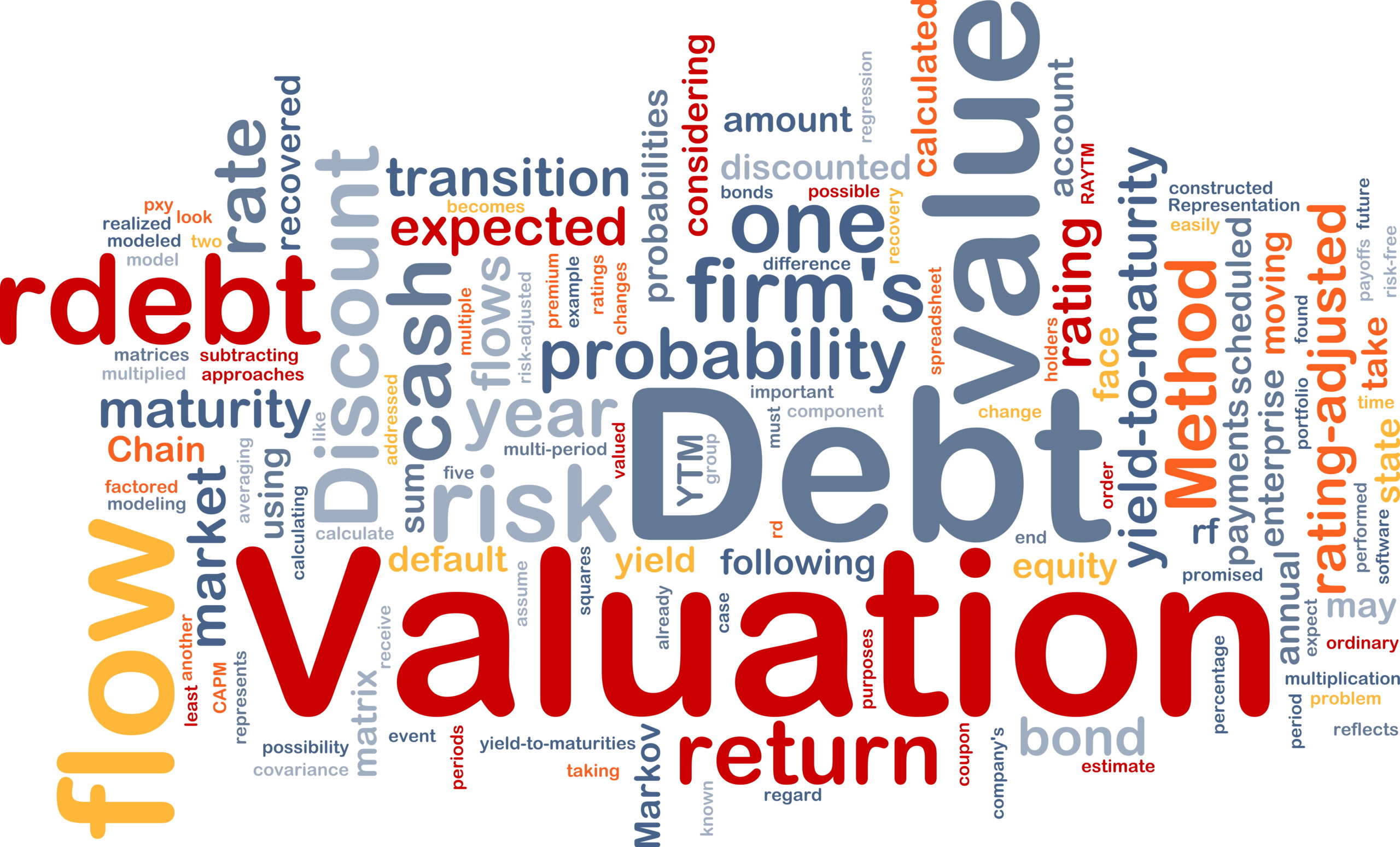In our Business Law practice, we routinely deal with entrepreneurs and investors who are trying to structure an investment opportunity on the basis of the company’s value before the outside investment is closed. This challenge exists whether the investment will be with debt or equity. The backdrop in many of the discussions relates to how to value the start-up from a risk-reward standpoint.
Since funding a new business or idea is generally a high-risk endeavor, the valuation process is a combination of art and science to arrive at what is called a pre-money valuation, which is the value projected prior to taking into account the investment.
What the investor is seeking to accomplish during this process is weighing the company’s potential success against the risk being taken. The spectrum of what is determined to be success would range from never reaching its potential to being highly successful. In moving through this process, the investor may use one or more methods to value the company and corresponding financial investment.
One method used by investors and entrepreneur to value a company is called the discounted cash flow model, which means they would be estimating the present value of future cash flows from the company. Essentially, the investor is determining what the time value of money is for an investment in this particular company. The corollary is the value of equity is equal to the present value of future cash flows. What this means to the investor is that the company’s future cash flows should not only be equal to the present value of the equity investment, rather, it should exceed it; otherwise, the investor would likely conclude that investing in the prospective company is not worth the risk.
Predicting a company’s future cash flow and applying a discount rate that would reflect the risk is also a combination of art and science. If present value is projected to be higher than the cost of the investment, the investor may decide to proceed. And if it is equal to or lower, the investor would more likely withdraw from the discussion and seek other opportunities. When they use a discount rate in projecting future cash flows, the investor is seeking to find the difference between the present value of the investment compared to future cash flows. If projected future cash flow is high, the discount rate to be applied would be lower, and if the risk is determined to be high, the discount rate would be lower in attempting to predict the return on the investment.
A second method of determining a company’s value is by using what is called a multiple valuation, which compares the company’s earnings rate or projected cash flows to the current price of the equity, which calculates a price to earnings ratio. Using the enterprise value, which is the value of equity plus outstanding debt in comparison to what was determined to be value of future cash flows arriving at what is called EBITDA or earnings before interest, taxes, depreciation and amortization.
The challenge in using any valuation methodology is arriving at a multiple that is reflective of the type of company and industry. Once the multiple is determined, the investor has the tools to project a value by multiplying the multiple by the figure arrived at after determining its EBITDA. Our role as lawyers begins after the investor and entrepreneur have concluded their discussion relating to valuation of the shares or membership interest, which would be critical to determining the most appropriate structure to close the transaction. If you would like more information on valuation methods and related issues or other business matters, please contact PLDO Managing Principal Gary R. Pannone at 401-824-5100 or email gpannone@pldolaw.com.
Disclaimer: This blog post is for informational purposes only. This blog is not legal advice and you should not use or rely on it as such. By reading this blog or our website, no attorney-client relationship is created. We do not provide legal advice to anyone except clients of the firm who have formally engaged us in writing to do so. This blog post may be considered attorney advertising in certain jurisdictions. The jurisdictions in which we practice license lawyers in the general practice of law, but do not license or certify any lawyer as an expert or specialist in any field of practice.


